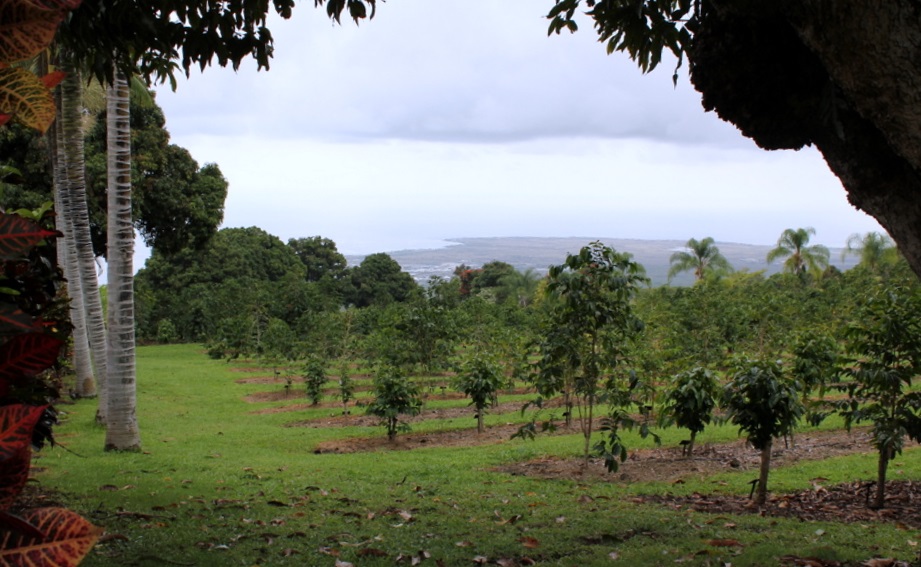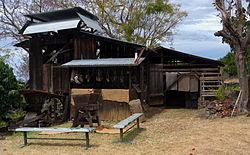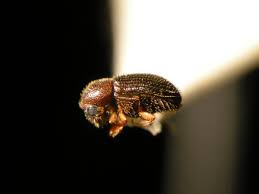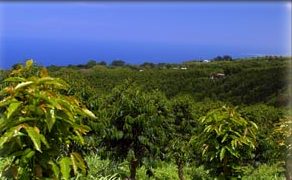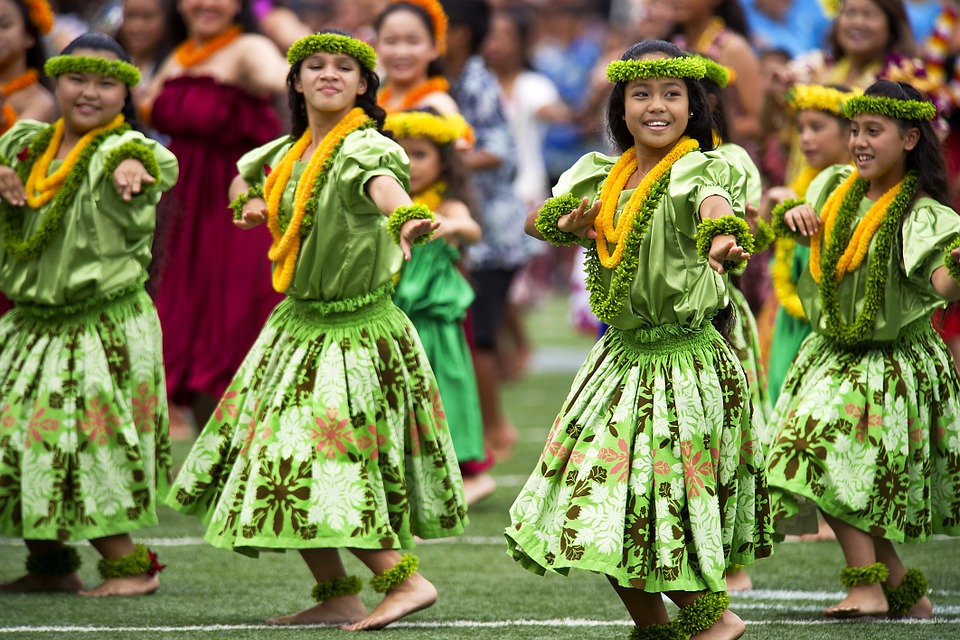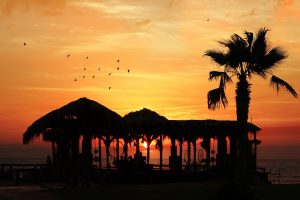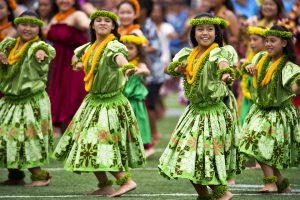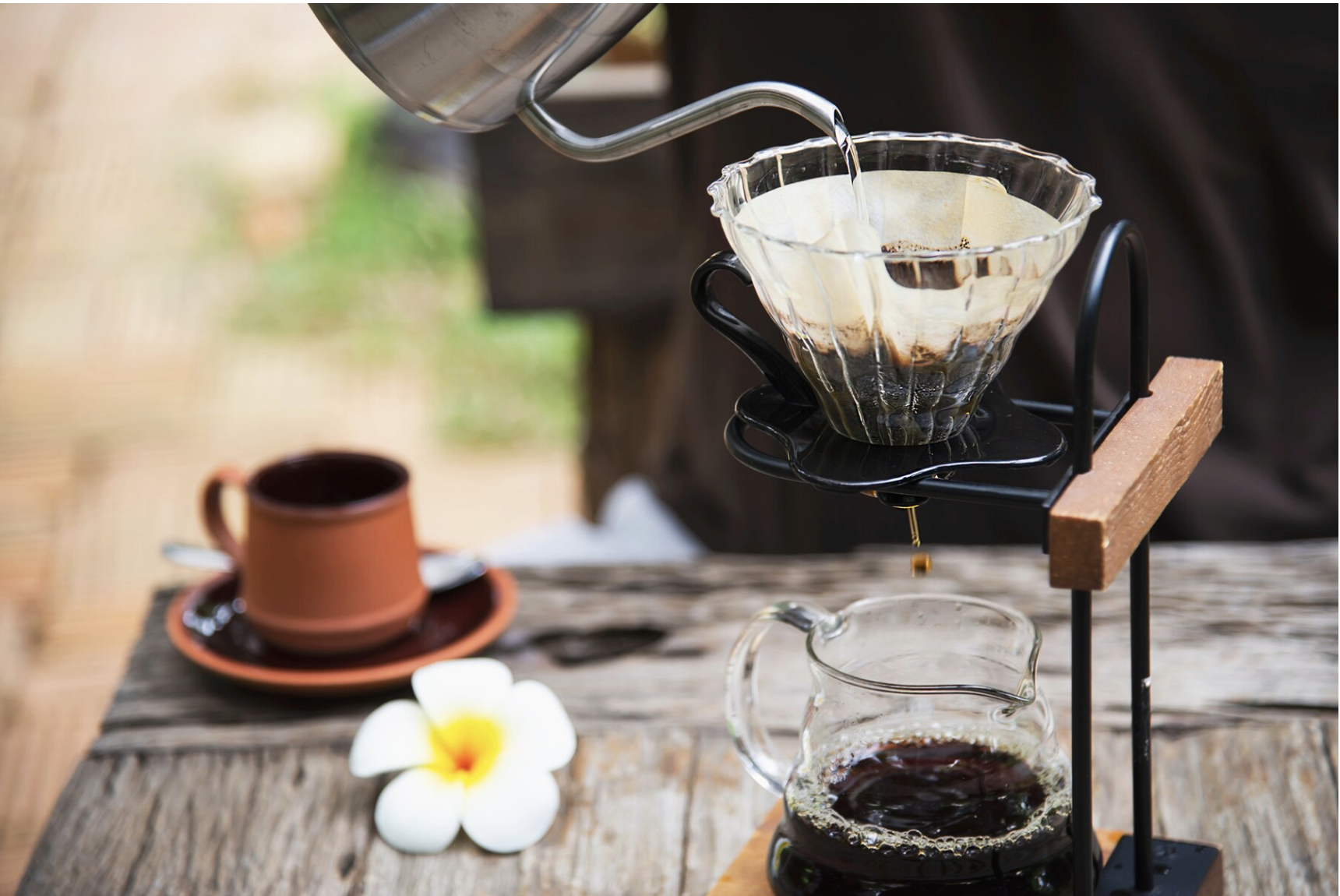
In the heart of the Pacific, amidst the lush landscapes of Hawaii, a rich coffee culture thrives. From the historic coffee plantations of Kona to the bustling cafes of Honolulu, coffee holds a special place in the hearts and lives of Hawaiians. In this post, we’ll delve into the vibrant world of Hawaiian coffee culture, exploring its traditions, rituals, and enduring legacy.
History of Coffee in Hawaii
The story of coffee in Hawaii dates back to the early 19th century when the first coffee plants were brought to the islands by European explorers. Over time, coffee cultivation flourished, particularly in the fertile soils of the Kona region on the Big Island. Today, Hawaii is celebrated for its premium coffee beans and vibrant coffee culture, drawing visitors from around the world to experience its unique flavors and traditions.
Kona Coffee: A Symbol of Excellence
Kona coffee has earned a reputation as one of the finest coffees in the world, prized for its smooth, rich flavor and exceptional quality. Grown on the volcanic slopes of Mauna Loa and Hualalai, Kona coffee beans benefit from the region’s unique microclimate, fertile soil, and meticulous cultivation techniques. As a symbol of excellence, Kona coffee represents the pride and heritage of Hawaii’s coffee industry.
Traditional Coffee Farming Practices
Throughout Hawaii, traditional coffee farming practices endure, rooted in a deep respect for the land and its natural resources. Many coffee farms in Hawaii embrace sustainable and organic farming methods, prioritizing soil health, biodiversity, and conservation. Hand-picking of coffee cherries remains a common practice, ensuring only the highest quality beans are harvested.
Coffee Ceremonies and Gatherings
In Hawaiian culture, coffee is more than just a beverage—it’s a symbol of hospitality, community, and connection. Coffee ceremonies and gatherings are common occasions for friends and family to come together, share stories, and enjoy a cup of freshly brewed coffee. Whether at home, in a cafe, or on a coffee farm tour, these gatherings celebrate the spirit of aloha and the joy of shared experiences.
Influence of Hawaiian Culture and Traditions
Hawaiian culture infuses every aspect of coffee production and consumption in the islands, from the names of coffee blends to the design of coffee packaging. Many coffee farms incorporate Hawaiian language, music, and art into their branding, paying homage to the cultural heritage of the islands. The result is a unique fusion of tradition and innovation that defines Hawaiian coffee culture.
Modern Coffee Trends and Innovations
While traditional practices remain at the heart of Hawaiian coffee culture, modern trends and innovations are also shaping the industry. From specialty coffee roasters experimenting with new processing methods to cafes serving creative coffee drinks inspired by local flavors, Hawaii’s coffee scene continues to evolve while honoring its roots.
Hawaiian coffee culture is a vibrant tapestry woven from a rich history, deep-rooted traditions, and a spirit of aloha. Whether sipping a cup of Kona coffee on a sun-drenched beach or visiting a family-owned coffee farm in the hills, the experience of coffee in Hawaii is a celebration of connection, community, and the natural beauty of the islands. As you explore the traditions and rituals of Hawaiian coffee culture, may you be inspired by the spirit of aloha that flows through every cup.

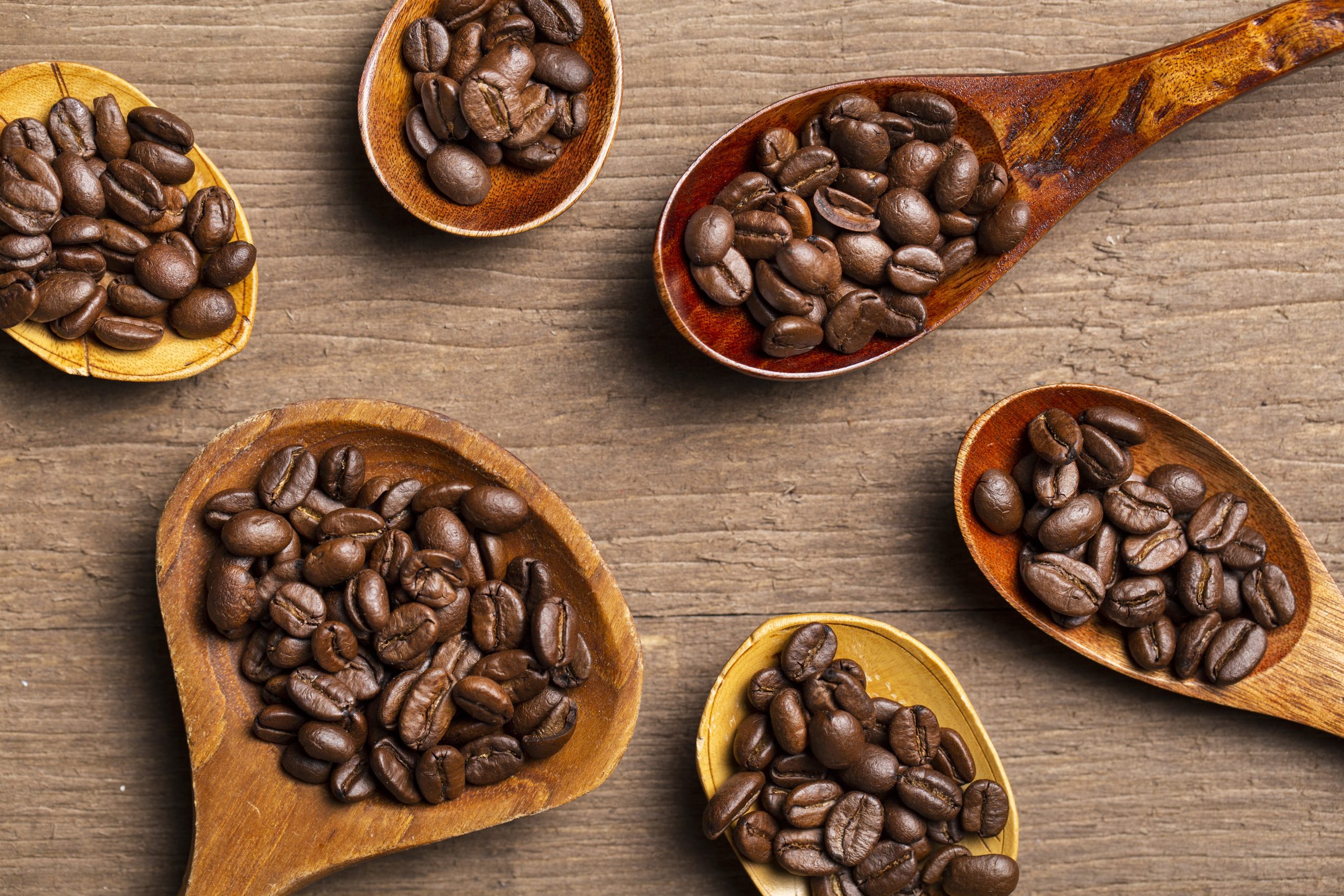
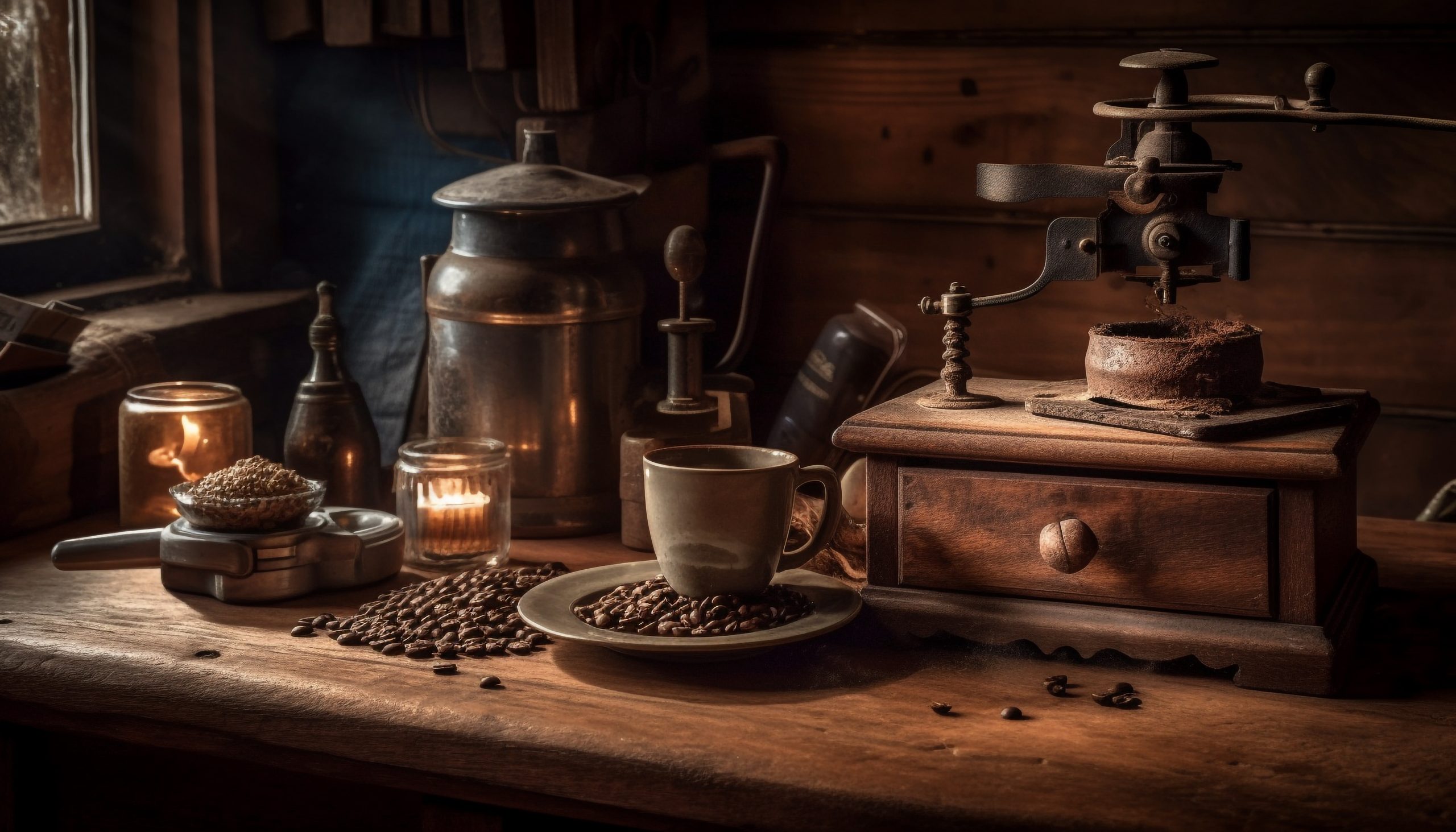
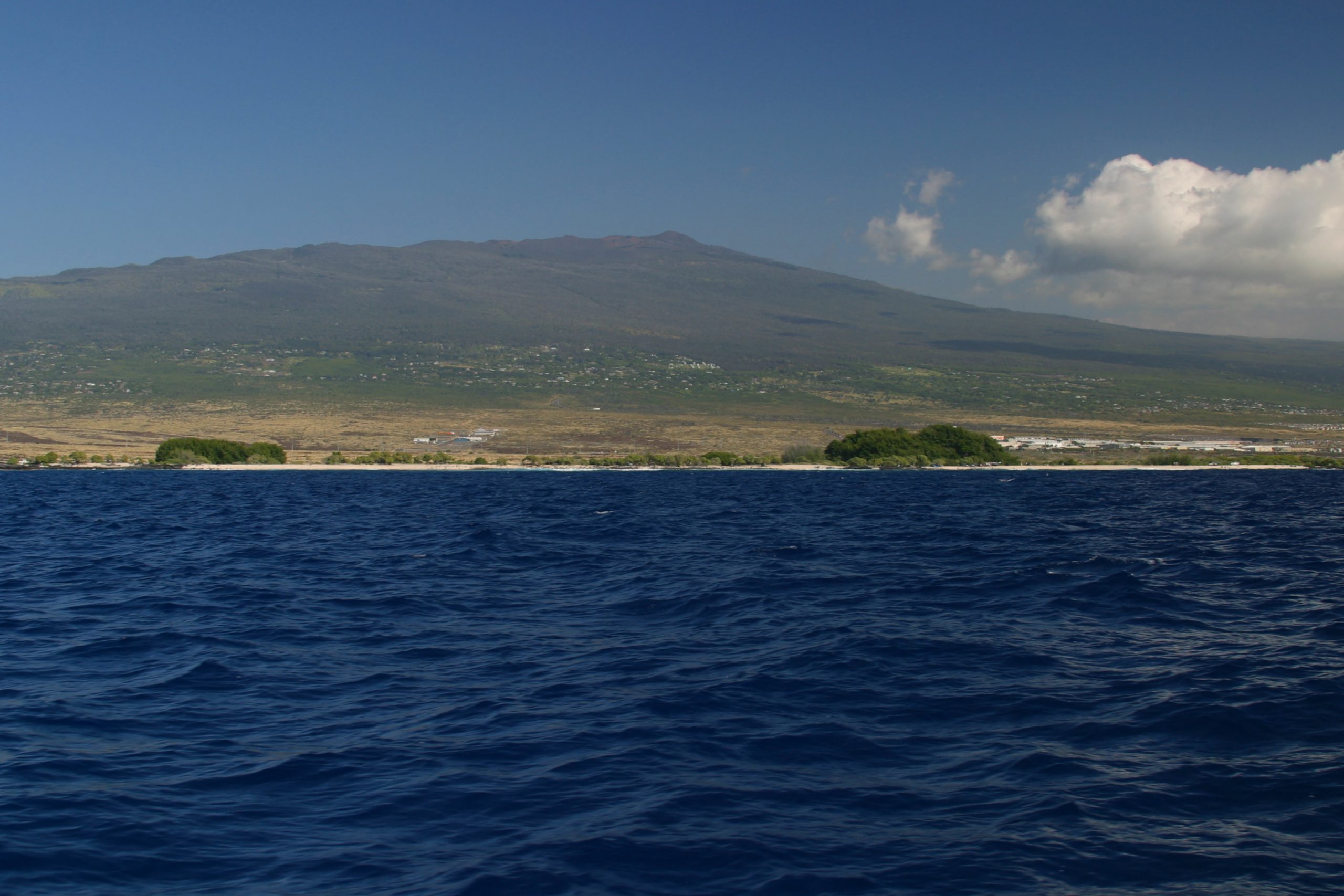
 Kona is the perfect coffee growing environment in the United States and arguably, in the world. Kona combines the exacting combination of sun, soil, shade and water that coffee trees thrive in.
Kona is the perfect coffee growing environment in the United States and arguably, in the world. Kona combines the exacting combination of sun, soil, shade and water that coffee trees thrive in.